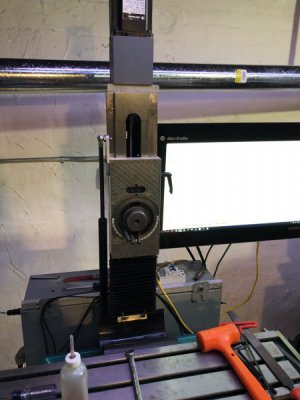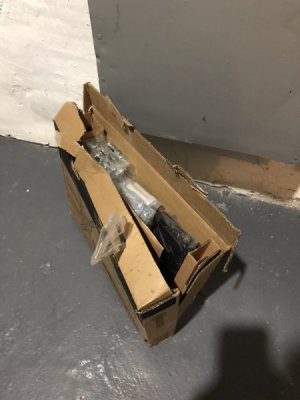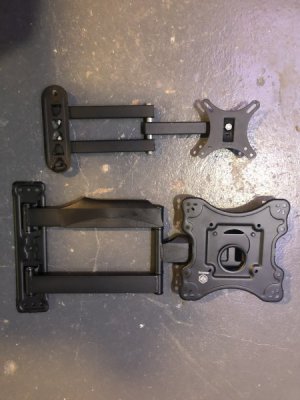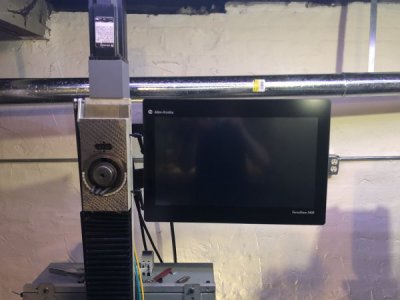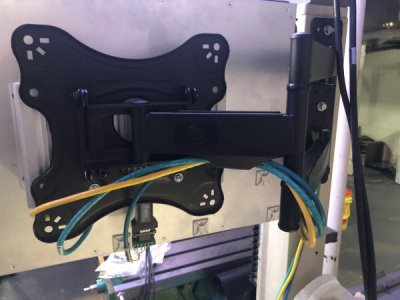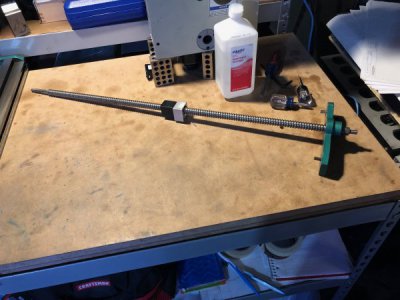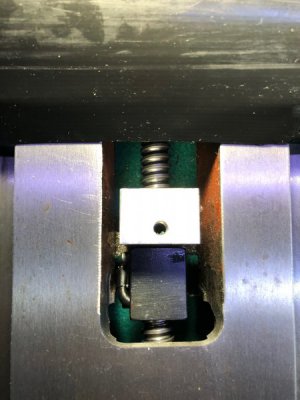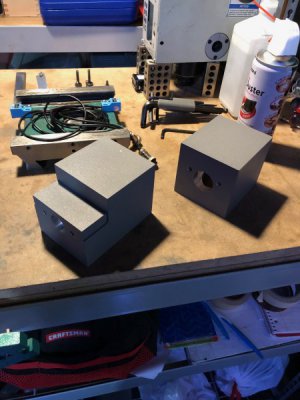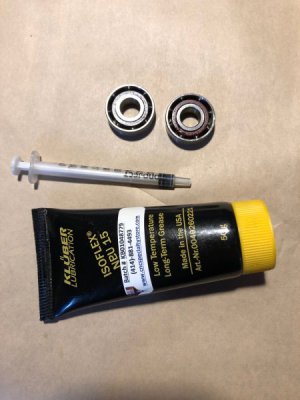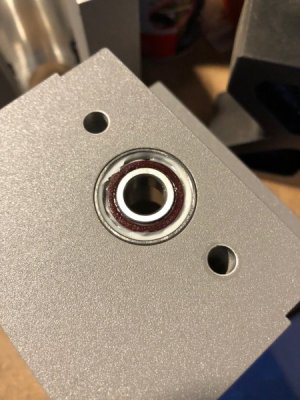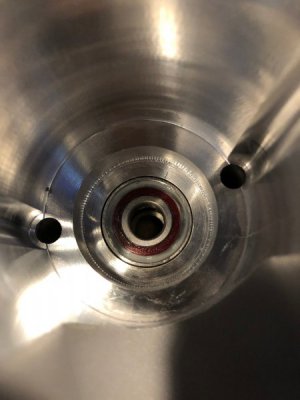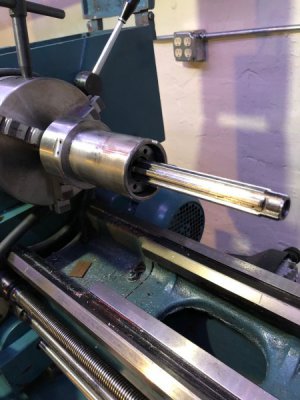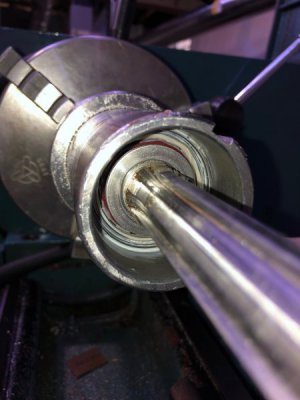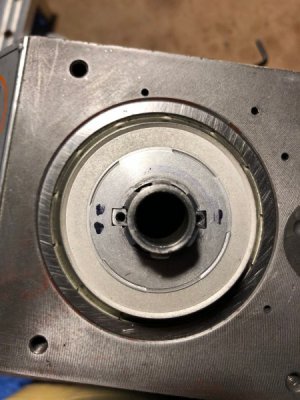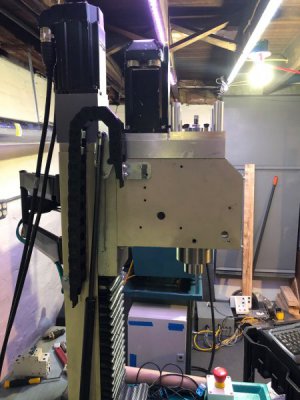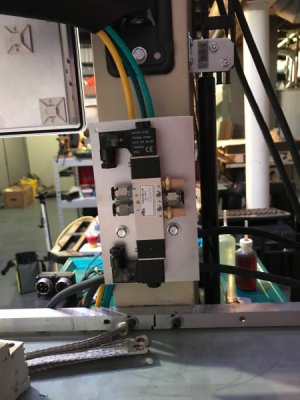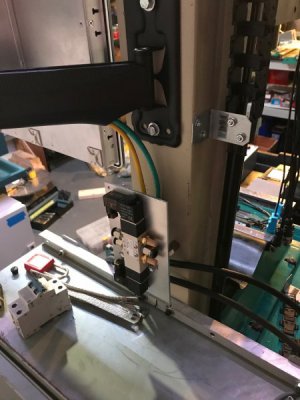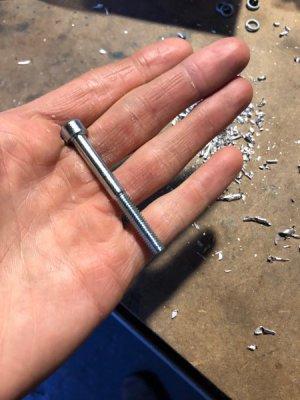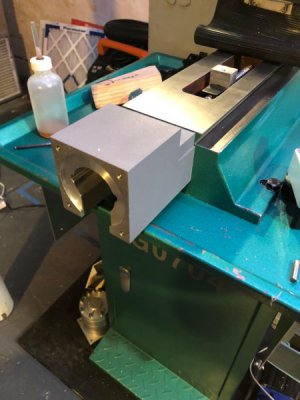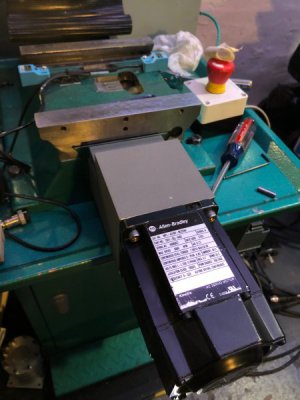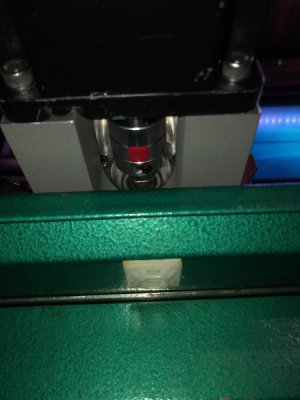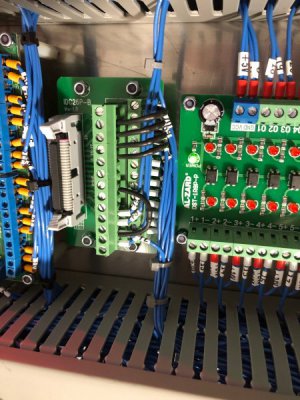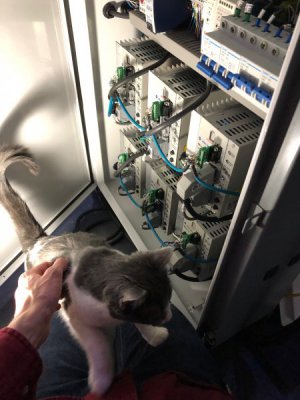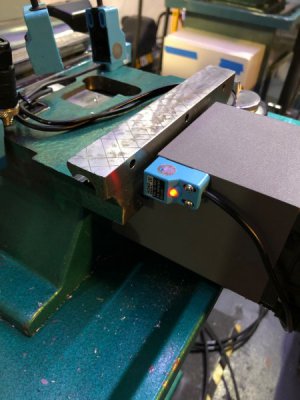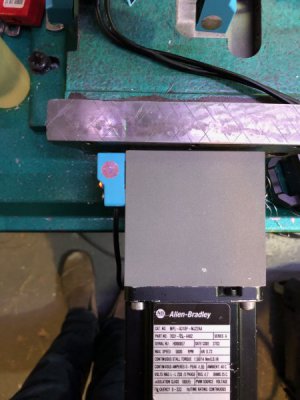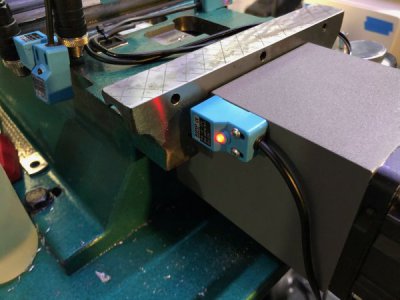- Joined
- Nov 23, 2014
- Messages
- 2,634
I wonder if anyone has posted a "total" for a conversion for a G0704 machine from scratch (or others)? I subscribe to Home Shop Machinist and was sent a complementary copy of Digital Machinist. I haven't priced it on his web site, but there's an ad in there for www.cnc-minimill.com that sounds decent. It's a conversion kit for the G8689, HF 44991, Little Machine Shop #3960, MicroLux# 84630 and others.Fang, much of what I have built has been acquired from various places and not purchased new. If everything was bought new, this panel would be prohibitively expensive. I have been very fortunate to be able to use some extra parts from work (with permission of course).
I'm sure I've forgotten lots of things but here is a ballpark of parts that I needed to buy:
Honestly I keep the monthly shop purchases within budget and I try not to stress over the cost of an individual project. I think of my shop like a monthly "fun" membership. I certainly could be doing much worse things with my money.
- Enclosure (24x36x8) - $100
- Automation Direct (solenoid, M12 ports, disconnect, misc. components) - $200-250
- ebay odds and ends (voltage converter boards, pushbuttons, RS485 converter, monitor mounts etc.) - $400 (This is a huge guess)
- Missing cables for servos: $400
- Raw Aluminum Stock for motor mounts: $120
- SDP-SI (pulleys and belts, including scrap): $150
- Assorted McMaster Carr (bolts, gaskets, etc.): $300
- Replacement bearings, VXB: $120
- MPG, ebay: $50
- Mach 4: $200
- 2 years of having fun building this: Priceless
In addition, I was able to use the Smoothstepper from the previous version of this build (came in around $1200 for the panel and electronics if I remember). I have more than paid off the machine + CNC conversion with customer projects, and I intend to do that again. I love doing customer projects, especially when I get to be invested in the creation and design of their ideas. I just never want the hobby to feel like a job, so I am selective on what kinds of work I am willing to do.
I'm still deciding on my upgrade for a Series 1 BP with a 1983 Anilam 2-axis. Leaning now toward a Centroid Acorn controller ($300) which will also need a Windows 10 touchscreen computer (~$400). I'm going with either ClearPath or DMM 750W servos. DMM has a running ad on eBay for 3 750W plus power supply and drivers for $1150. I already have the ball screws on the table, but need to either drive the knee or convert the quill. I figure I'll have at least $3000 into the conversion.
Bruce

